
The Royal Air Force Coastal Command Constant Endeavor

Over 13,000 men and women served in Coastal Command during the Second World War, and 5,866 lost their life through doing so. The Command lost 2,060 aircraft to all causes, but not without result; in action from the first day of hostilities until the last, it flew over one million flying hours in 240,000 operations, and destroyed 212 U-boats. Coastal Command sank 366 German transport vessels and damaged 134. A total of 10,663 persons were rescued by the Command, including 5,721 Allied crews, 277 enemy personnel, and 4,665 non-aircrews.
Their task was on the face of it, a relatively simple one and comprised both offensive and defensive operations. The Command’s primary mission was convoy defense against U-Boats, a long range war in which they gained the upper hand in 1943 and never subsequently relinquished it. More U-Boats were sunk by Coastal Command aircraft that by any other branch of the allied armed forces. Closer to home, they were to attack and interdict enemy shipping wherever it may be found. Enemy shipping varied of course; submarines and warships, fast patrol boats, freighters and transports.
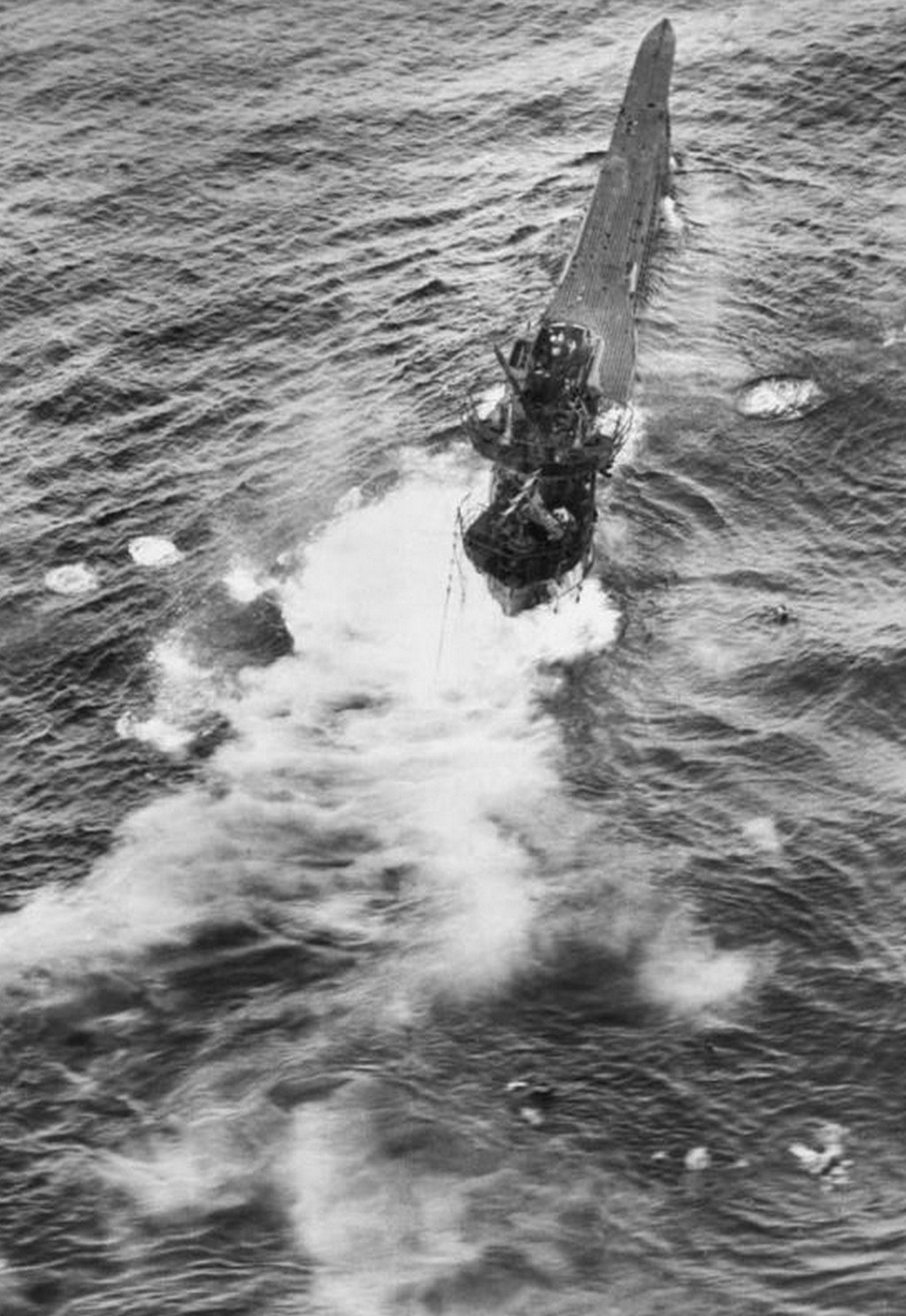
The versatile Bristol Beaufighter and superlative DeHaviland Mosquito provided awesome firepower for shorter range attack and interdiction missions. Flying at squadron strength and armed with varying combinations of cannon, rockets, torpedoes and bombs, these twin engined offensive weapons were able to devastate enemy shipping in ferocious squadron attacks.

Royal Canadian Air Force No.404 Squadron, Ready to Fight

The aircraft depicted in the modelling piece below belonged to No.404 Squadron of the Royal Canadian Air Force, serving under the operational control of the RAF. Their experience during the war was typical of the those squadrons tasked with enemy shipping interdiction and coastal defense. The squadron was formed at Thorney Island in Sussex, England on 15 April 1941 and, along with many other squadrons, was tasked with coastal patrol and attack; initially with Bristol Blenheim Mk.IV’s & later, the formidable Beaufighter.
The squadron’s early days were filled with training and coming to grips with their task. 1941 was a learning year and like any learning process there were losses as well as gains. September saw the squadron’s first loss, a Blenheim with 3 crew killed; on October 19 another Blenheim was lost when it’s crew were unable to find the airfield flare path returning late from a convoy escort sortie and crashed into the sea for the loss of three. Losses continued in November with three KIA and two injured when two aircraft collided during a training sortie and then three more were posted as missing on the 11th when their Blenheim failed to return from it’s mission.

In January 1942, now based in Wick, Scotland 404 Squadron was tasked with coastal interdiction of enemy shipping along the Norwegian coast. The year began badly however when AC2 Gregory was killed after walking into a running propeller; in February two more ground crew were killed and four injured during an attack by a lone Ju-88. Later the same month a damaged Blenheim returning from operations in Norway crash landed on the Island of Grunay with all three crew members killed. Eight aircraft were lost during the remainder of the year; 1942’s casualties amounting to eighteen killed, two missing and one POW. It’s both interesting and saddening to contemplate that of the nine aircraft lost in 1942, at least six were lost to causes other than enemy action. Coastal flying was proving to be very dangerous indeed.

Still part of the 18 Group Wick Strike Wing out of Northern Scotland, 1943 opened quietly. One aircraft was lost in March (accident), another in May and a third in July, the latter two both shot down by enemy fighters over Norway. As an illustration of just how many ways it was possible to be killed in wartime, the tragic loss of a Beaufighter (s/n LZ135, coded EE-Y) on 3rd September serves as a prime example. As reported in the squadron diary; “Very bad happening today again as Frank Woolhouse (Aircraft Rigger) was going on leave and caught a ride down to Leuchars in one of our new “Beaus.” They had no sooner left the drome [sic] than the pilot started to do some low flying and struck the top of a house knocking off the chimneys which broke the tail off the plane which crashed killing all three in the plane.“
Through the remainder of 1943 a further five Beaufighters were lost, including two in December shot down while attacking U-1062 and minesweeper M489. The losses for the year amounted to ten aircraft with twenty one killed or missing aircrew.
The squadron spent the first four months of 1944 in Scotland before moving south in preparation for the D-Day landings; these last months in Scotland were expensive however. In January four aircraft were lost with all eight aircrew killed or missing during attacks on enemy shipping along the Norwegian coastline. Three more were lost in March for a further six KIA, and just before the move south LZ446 was lost with both crew members when an engine failed and their Beaufighter stalled and nosed into the sea.
In May 1944 they moved to RAF Davidstow Moor in Cornwall, England and from there took part in the D-Day and its subsequent operations. On 6th June, they were asked to provide one aircraft for anti-submarine patrol while the remainder of the squadron was placed on standby. In the late afternoon they were sent to intercept three German “Narvik” class destroyers.
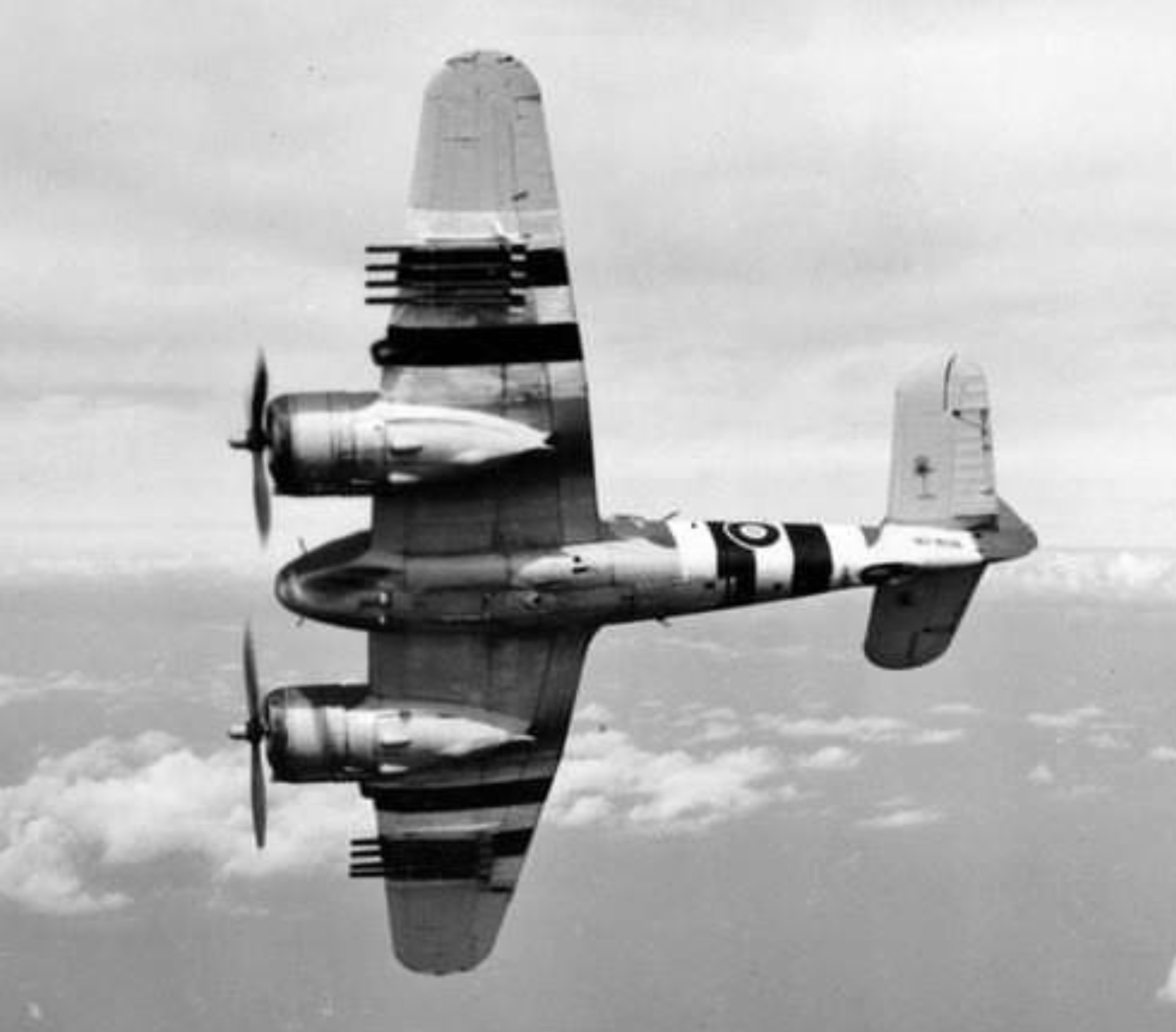
Upon finding the destroyers, four of 404’s Beaufighters launched their rockets at the rearmost one and claimed several underwater hits. The remaining nine Canadian crews attacked the middle destroyer, setting it on fire. After firing their rockets, all thirteen aircraft repeatedly attacked with cannon fire. All of the German ships had been damaged when the attacking aircraft broke off to return home.

June and July were busy, however while the squadron lost no aircraft to enemy action it did lose one aircraft in each of those months to accidents with both sets of aircrews killed. August turned against them though, in a month of heavy action along the French coast one Beaufighter was lost on each of the 3rd, 8th, 12th, 13th and two lost on the 26th, all while attacking enemy shipping.

In early September, 1944 the squadron moved for the last time, north again to Scotland to join the Banff Wing at RAF Dallachy in Scotland as one of four Canadian Beaufighter-equipped squadrons in the Wing. The losses continued almost without break though; on 15th September NE341 was lost during an attack on merchant shipping. Both aircrew survived the ditching but tragically Flt.Lt. Taylor drowned while trying to swim to the life raft. His pilot, F/O J. Beribeau survived and was captured. The final losses of the year were four aircrew killed when two Beaufighters collided and crashed during a training mission.

National Defence Image Library, PMR 93-073.
The final year of the war opened with a lossless January while the pace of interdiction missions continued apace. February was to prove disastrous though. On 9th February, 1945, known later as “Black Friday” the 404 Buffaloes took part in an attack on German shipping sheltering in a strong defensive position in Førde Fjord, Norway. The protected position occupied by the German vessels forced them to attack through massed anti-aircraft fire. Nevertheless, they pressed home their attack. In response to the action the Luftwaffe scrambled Fw190’s from Jg5 in defense and despite an escort of Mustangs from 65 Squadron, RAF, the Wing suffered severe losses both from the ships they were attacking and the German fighters sent to protect them. All told, nine Beaufighters and one Mustang were lost; 404 Squadron lost six Beaufighters with ten KIA and one POW.
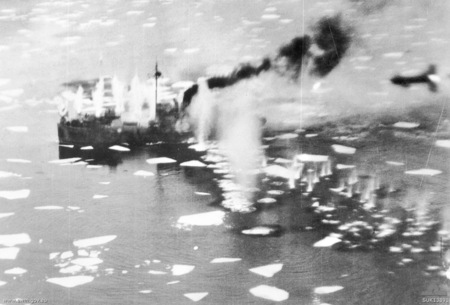
Following the losses from “Black Friday” the squadron regrouped and continued operations along the coast of Norway. With the war coming to an end, some of these missions were of questionable value which make the lost aircraft on 6th, 8th and 24th of March more poignant, if not tragic. The March losses added seven missing and one KIA to 404’s honour role.
Missions were still being scheduled right up until the German surrender. For 404 though the worst was over, they suffered no further losses after the 24th March. The end for the squadron came sooner than for many, No.404 Squadron, RCAF was disbanded at Banff on 25 May, 1945.
Through the course of the war 404 Squadron lost 54 aircraft to all causes. Of these, 25 were as a result of enemy action and the remainder being lost to accidents, or causes unknown. In total, the squadron lost 112 dead or missing, six wounded and four POW. Three ground crewmen were also killed. As a measure of just how difficult it was to fly these missions, over water and into weather, fourteen of the aircraft lost (mostly Blenheims), with their thirty-eight crewmen, were lost to weather and other flying related accidents.

Tamiya 1/48 Scale Bristol Beaufighter TF Mk.X

There’s not much to write about the construction of this kit. It starts with the cockpit into which I applied enough effort for it to look good through the kit glass. The kit parts provide enough detail for this purpose, at least in my opinion. While it is possible to pose the glass open there are few pictures showing operational aircraft in this configuration, I decided to close everything up.


As for the remainder of the construction, it went more or less without a hitch. I used a very sparse amount of filler – Mr. Surfacer 1000 only, as it turned out – and this aside, the fit was very good. My only error was getting a little ahead of myself and attaching the engines, which I’d already painted. Next time I’ll leave them off as well as the cowlings until after painting. They were easy enough to mask, however.
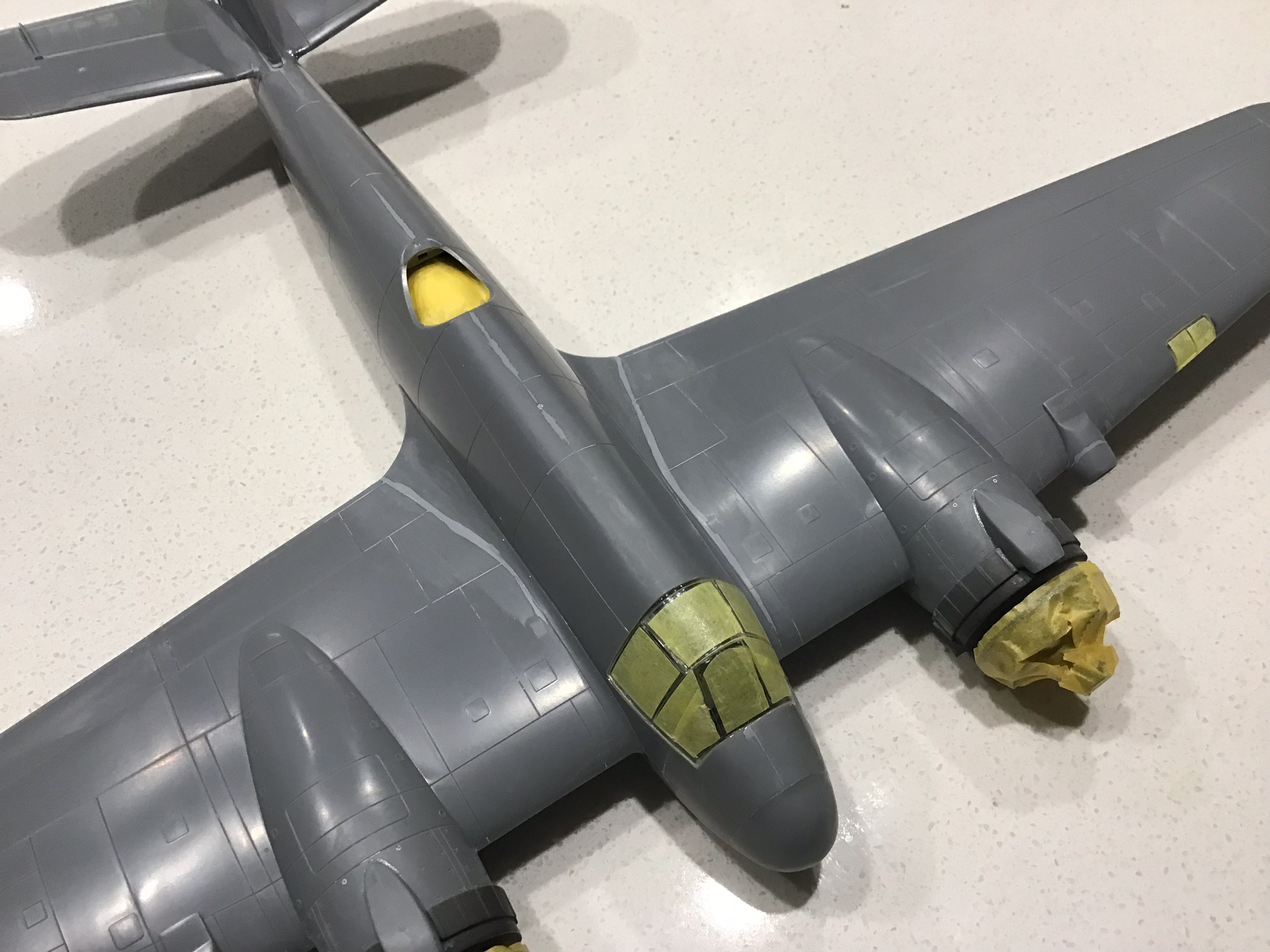


I used Eduard masks for the clear parts and Tamiya tape for the rest of the masking. After a wash with soap and water and a final wipe down with Windex it was ready for paint.
Having decided on an RAF Coastal Command aircraft, the scheme itself was quite straightforward. The interest in it would lay for me, and hopefully for you, in the style and execution of the weathering I hoped to achieve. I started with the underside using Vallejo Model Air Sky Type S. I’m getting better with these paints and while they aren’t as user friendly as Tamiya acrylics, they do finish well. With the underside covered, I masked and painted the upper surfaces to complete the basic paint job.
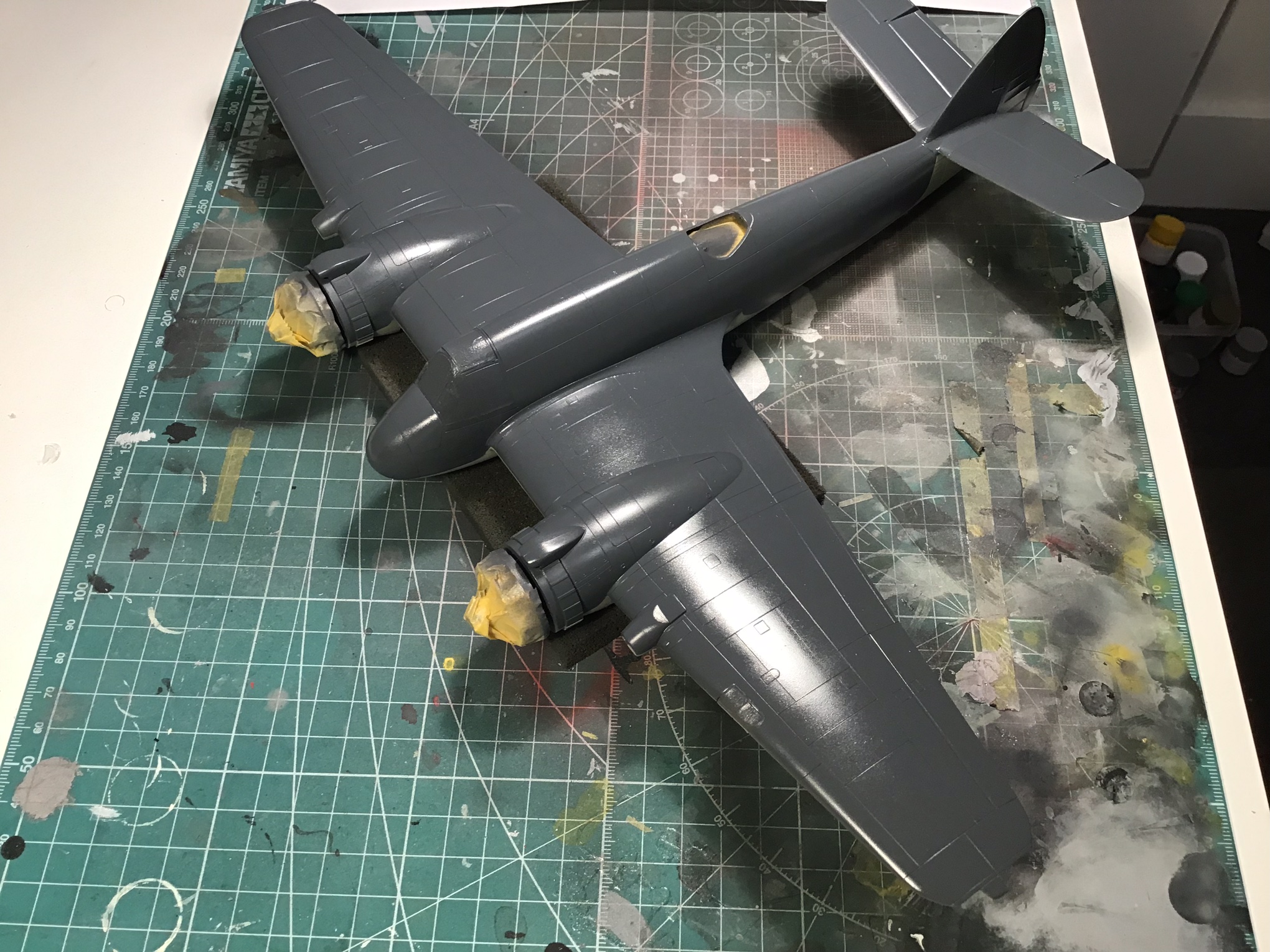

As I’ve mentioned before I don’t pre-shade, instead following a more naturally progressive process of weathering in the order in which it would actually occur on the real aircraft. In practice this means once the airframe is painted as if factory fresh, I gloss coat and then apply all the markings so that they are weathered in the same progression as the rest of the model.
Prior to the gloss coat I distressed the paint with some vigorous rubbing with paper towel. Pro tip; if you try this use good quality paper towel as the cheap stuff doesn’t stand up to this very well.
I used markings from and Xtradecals sheet which included an RCAF Beaufighter of 404 Squadron and they behaved very well under Mr. Decal Softener. With the decals on and set, I gave the model another quick polish and sealed the decals with a final gloss coat.


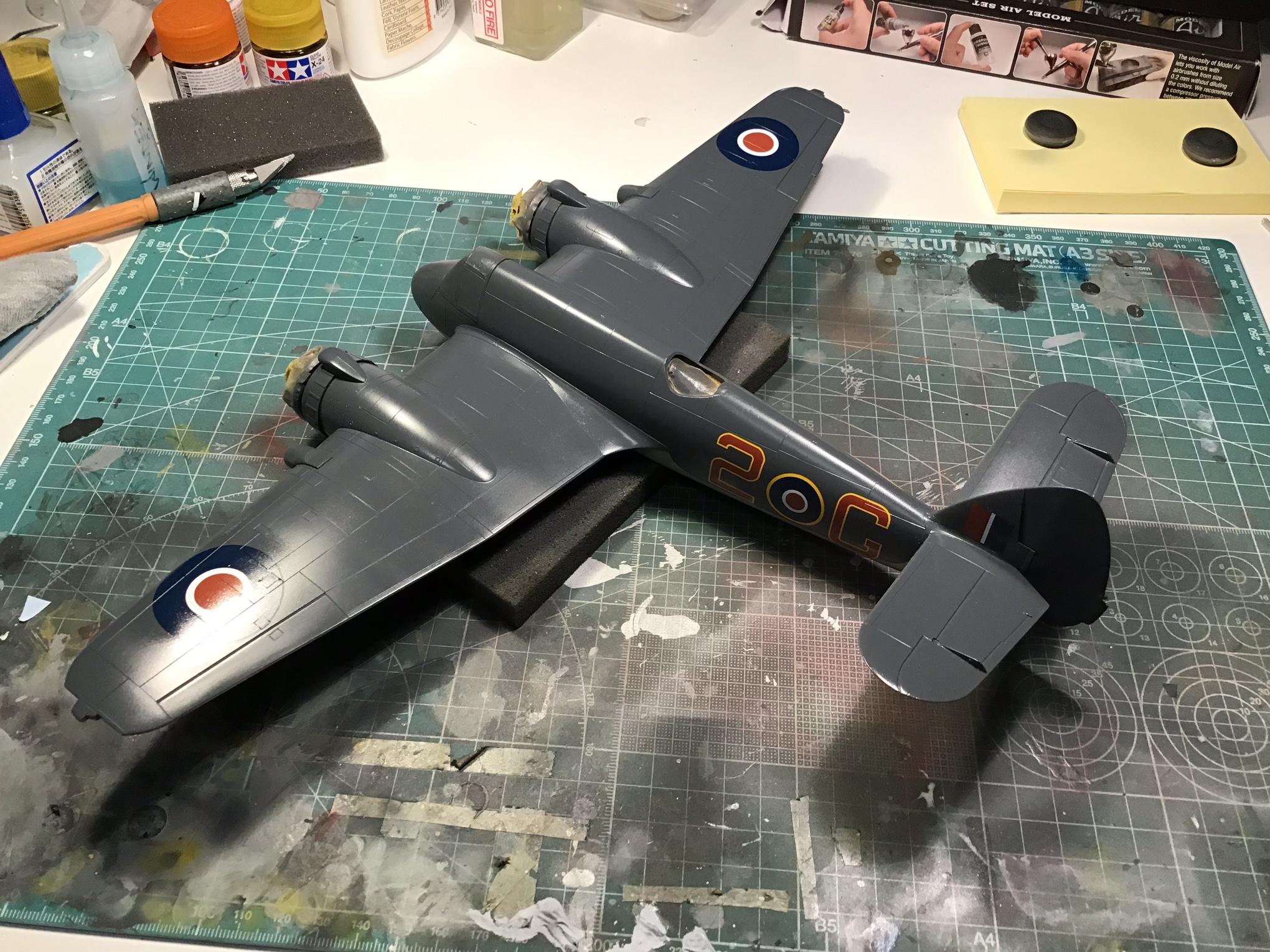
These aircraft worked in extremely hostile environment and were exposed to sun, salt, and frequent poor weather. This played havoc with the paint finish. Additional effects to note were the red oxide applied to the wing root joins and, it appears in photos, around the cannon bays under the nose. I mixed my own colour for this and applied by hand brushing on the wing roots and with my airbrush on the cannon bays. The application of the red oxide can be clearly seen in the gallery below.
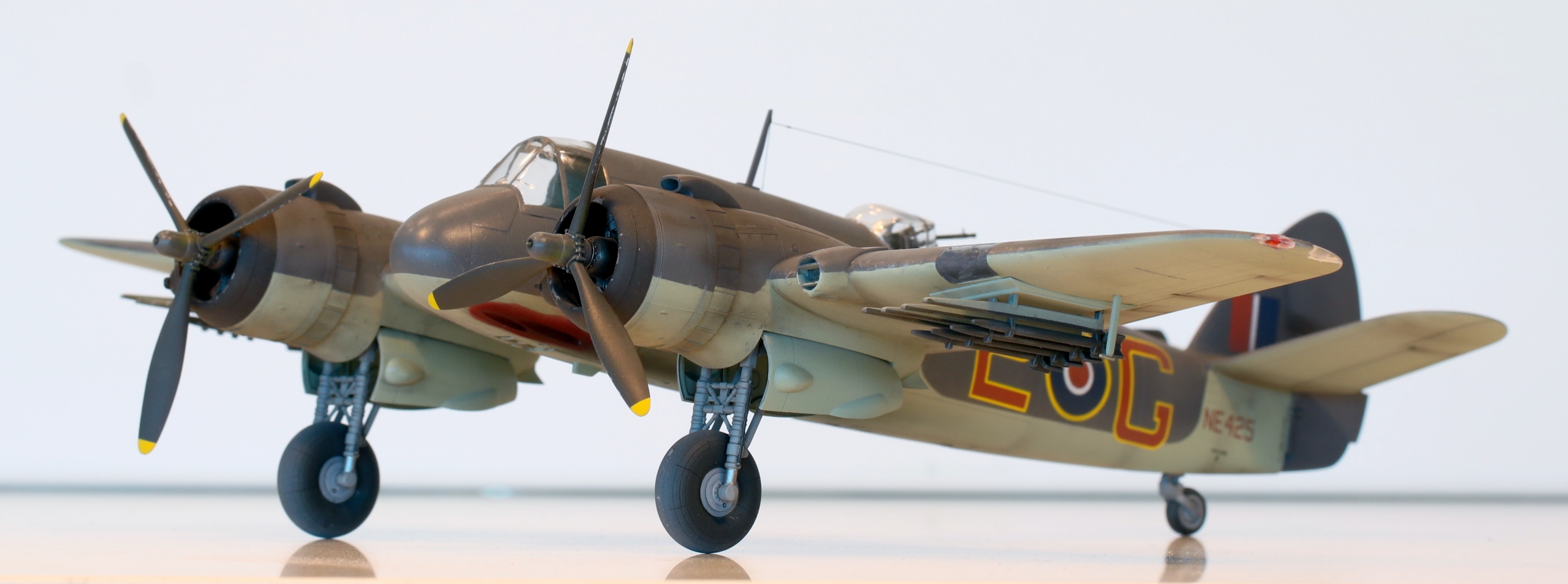



I began the weathering process with a dark wash to ensure the control surfaces and selected access panels were suitably evident as they appear on the actual aircraft. Except for the forgoing I typically don’t wash into regular panel lines; these being accented differently in the next step.
I used a lightened Dark Sea Grey to build in some texture on the upper surfaces and a pale canvas coloured mix for the undersides. I focus on putting down a semi-random pattern though I paid attention to which parts of the airframe would get the most exposure to the elements. I further accented the texture with a darkened mix for both top and bottom sides applied in areas where grime would accumulate through operations, maintenance or dirt as well as to subtly enhance the airframe panels. It’s very easy to overdo this effect but I feel less is more and hope that I stopped before the effect becomes a caricature of itself.
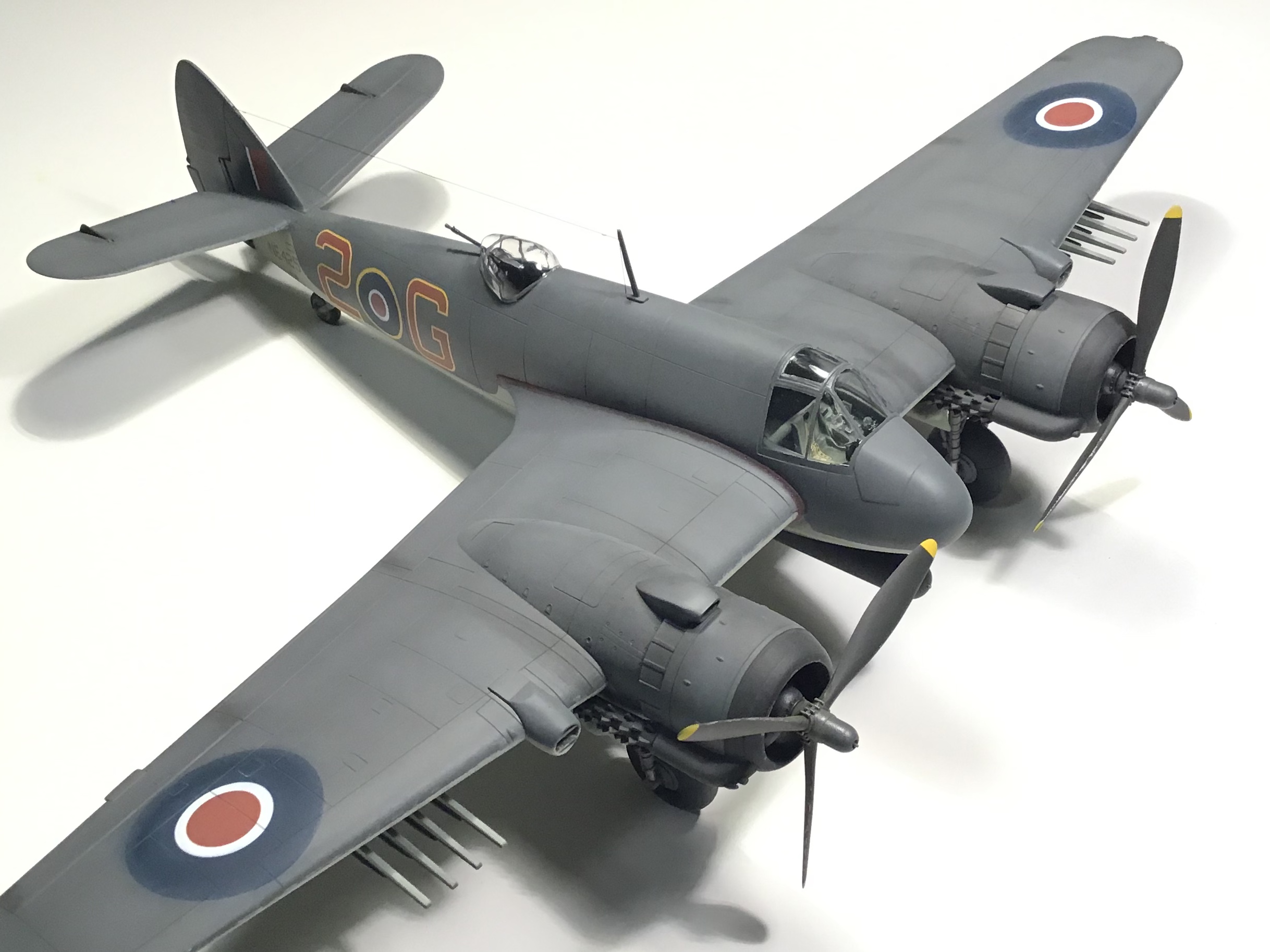

Next, I applied the first flat coat in preparation for the pastels which are used for the typical dirt streaking from maintenance such as at the control surface hinges and of course the engines. I prefer the control of pastels vs using the airbrush though I’ll often use it to enhance and effect or where significant staining is required. When I was happy with the underside weathering, I finished it off completely and then turned the model over to finish the top sides in the same manner. See the final effect of the pastel weathering in the images of the underside shown below.


I used pastels to weather the roundels as well using a pale blue to break up the uniformity of the colours. Photos of the aircraft show that other than general grime and the effects of the environment on the paint, there was not a lot of paint chipping or what I would call wear and tear on these aircraft. I followed the evidence and did not apply much in the way of chipping and other “dings” to the model.
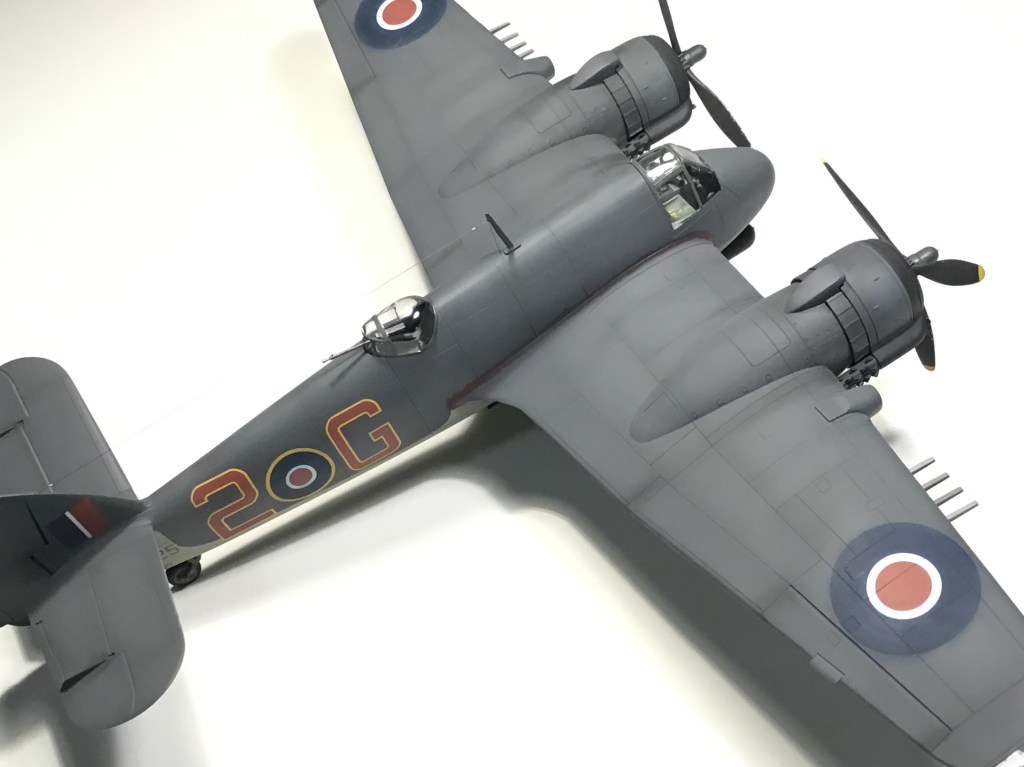
The final steps are in some ways the most nerve wracking; unmasking and in particular, the aerial wire being of special stress to me! However, no issues – it was finished.
Gallery

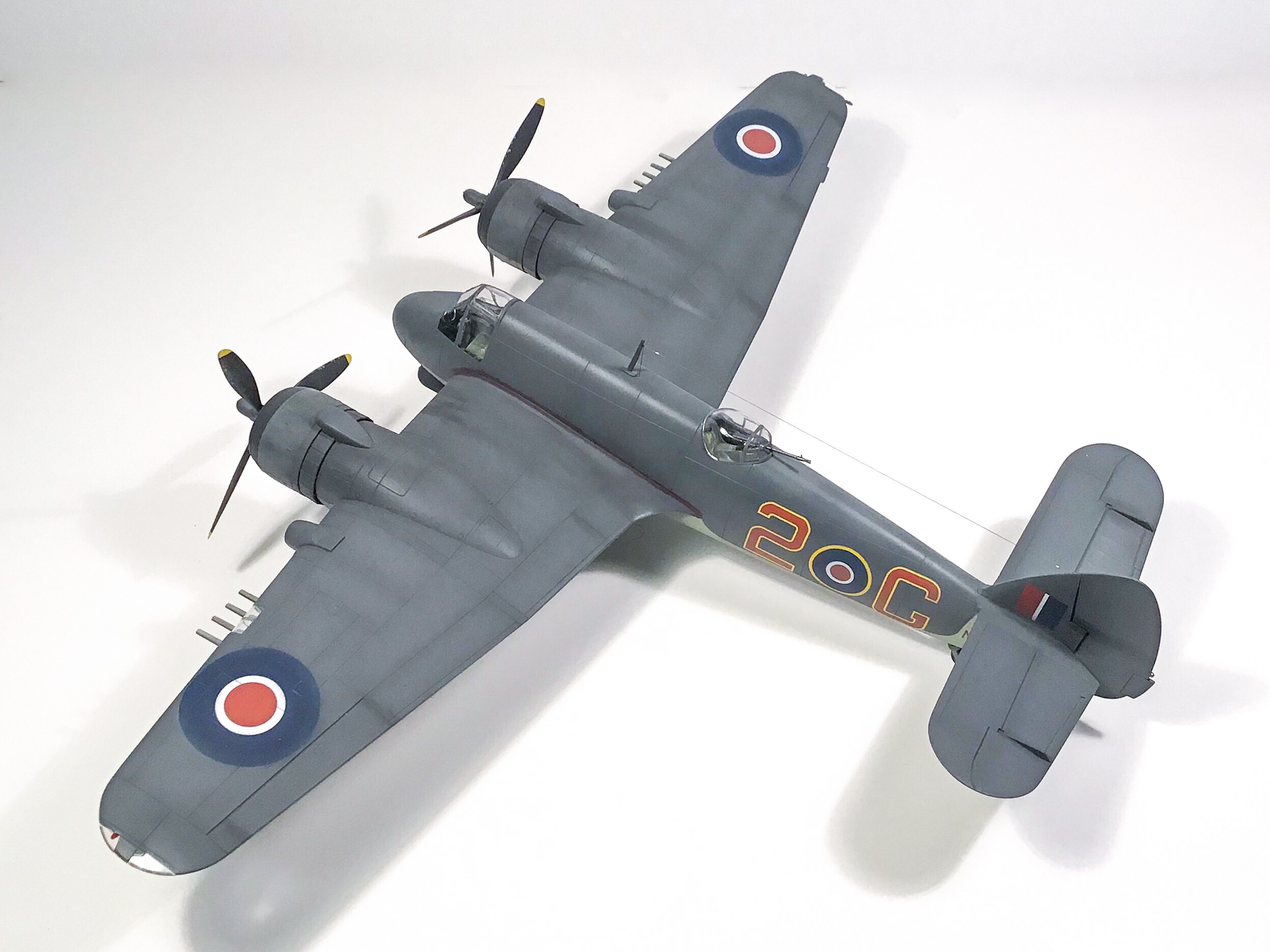
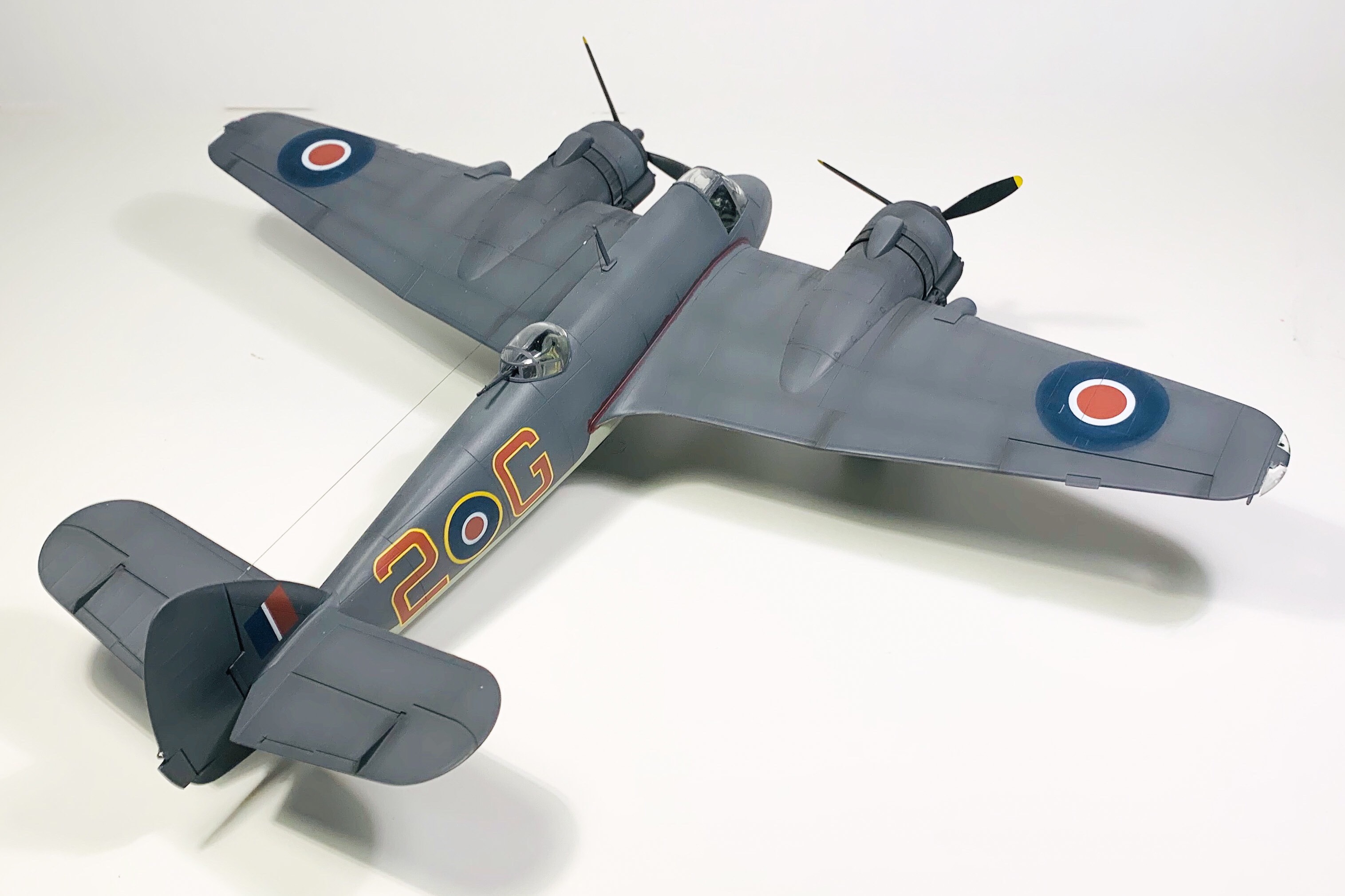


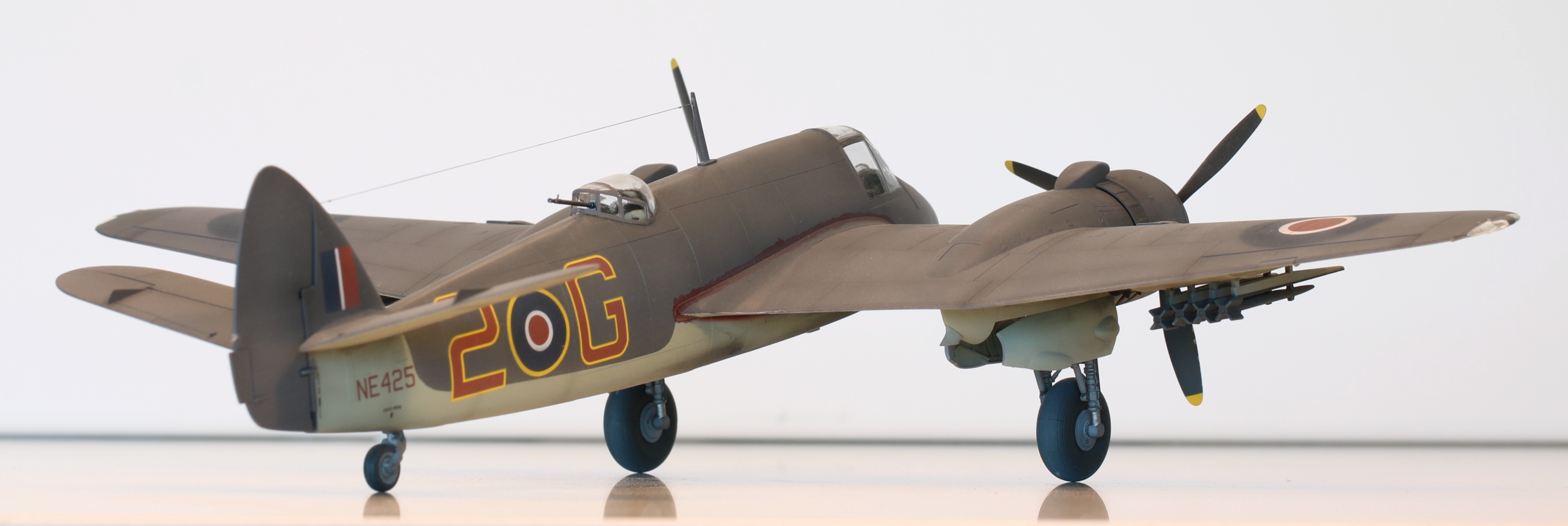
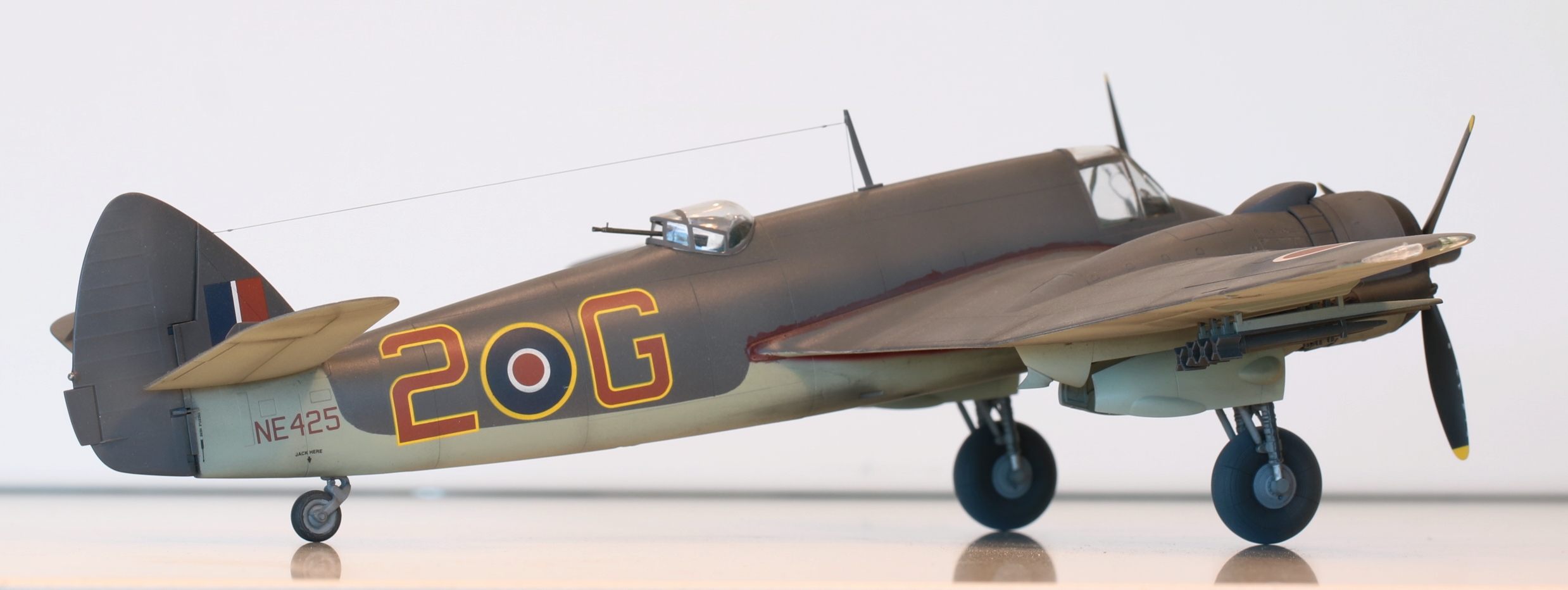


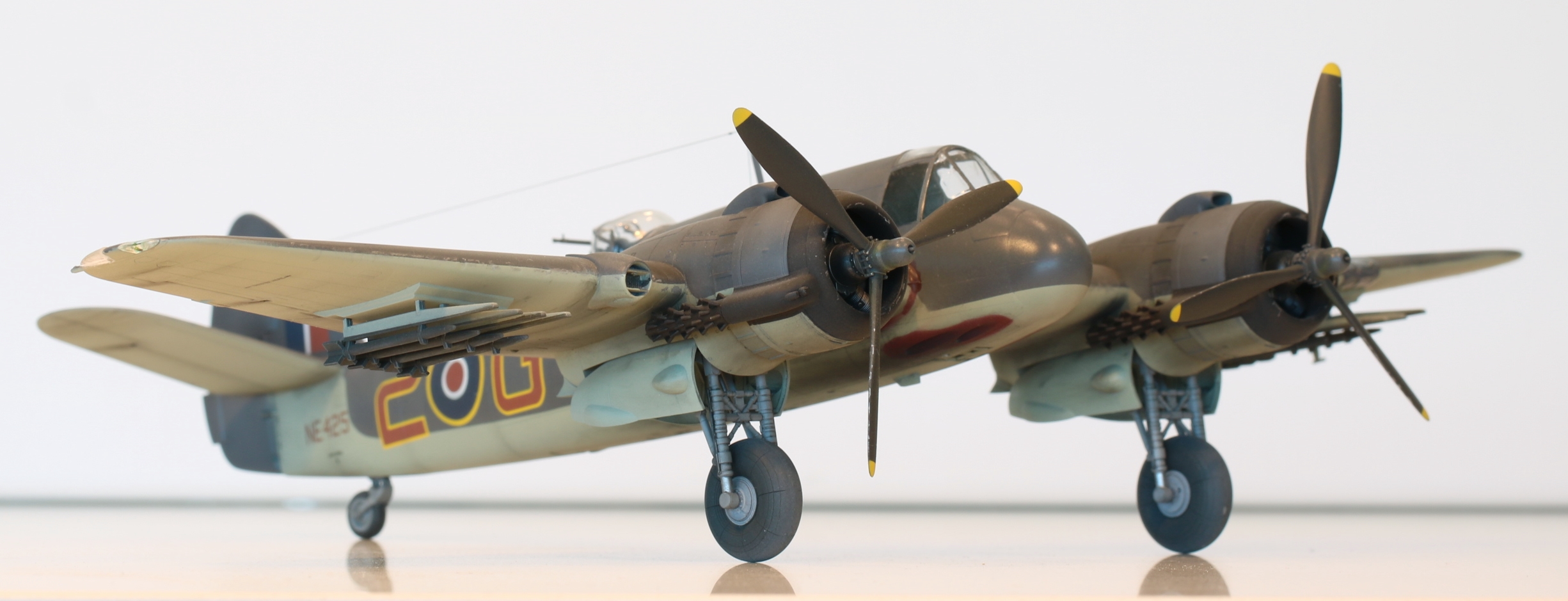

References and Credits
- https://www.skiesmag.com/news/d-day-the-rcaf-and-coastal-command/
- I am indebted to user “georgetanksherman” in the thread linked here for his detailed compilation of 404’s losses during the war – https://wartimes.ca/forums/viewtopic.php?t=588
- https://en.wikipedia.org/wiki/404_Maritime_Patrol_and_Training_Squadron
- https://en.wikipedia.org/wiki/Black_Friday_(1945)
- https://www.junobeach.org/canada-in-wwii/articles/rcaf-anti-submarine-squadrons-overseas/
- By Source (WP:NFCC#4), Fair use, https://en.wikipedia.org/w/index.php?curid=57652068
- https://www.iwm.org.uk
Shop Making-History

A print based on this article is available on Shop Making-History (link).
Copyright: I claim original work and Copyright 2019 for the text in this article and the photos of the model. Except where noted otherwise, I sourced all other images and photos from the internet and are used under fair-use. Any copyrighted images will be removed or credited forthwith upon request by its rightful owner.
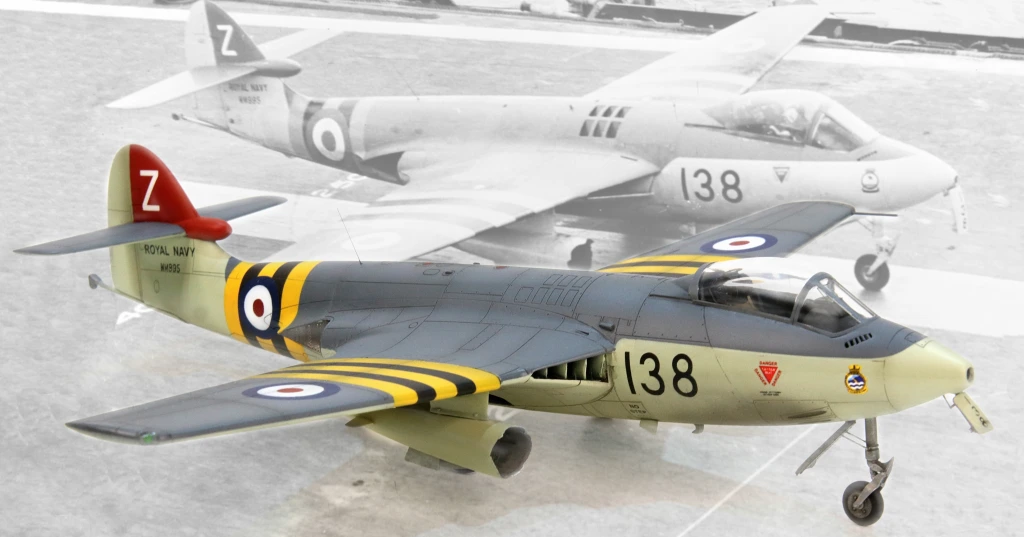



Leave a reply to Christopher Baker Cancel reply